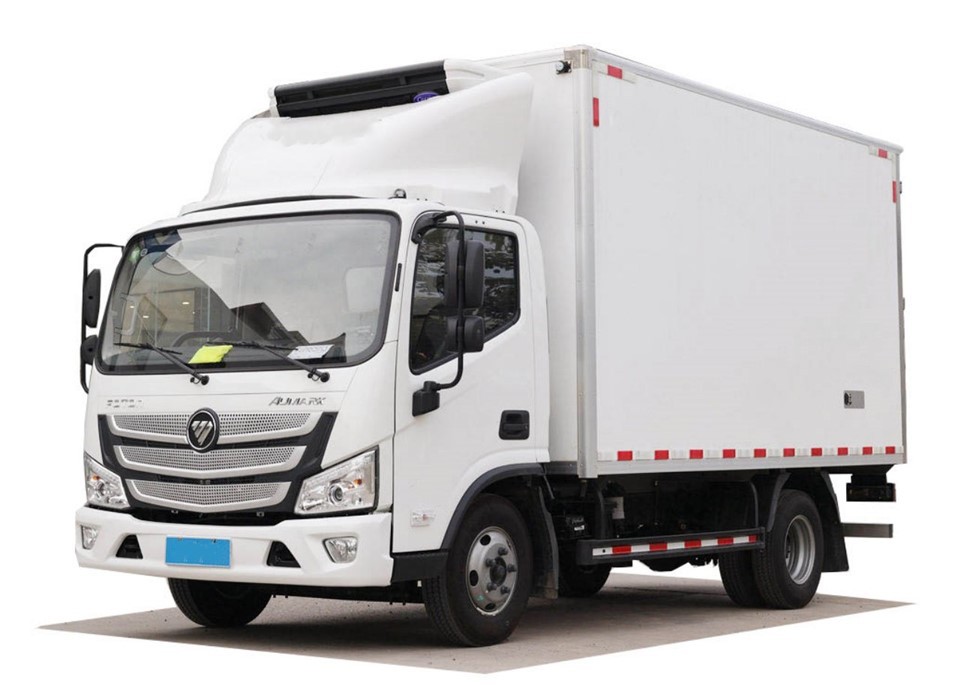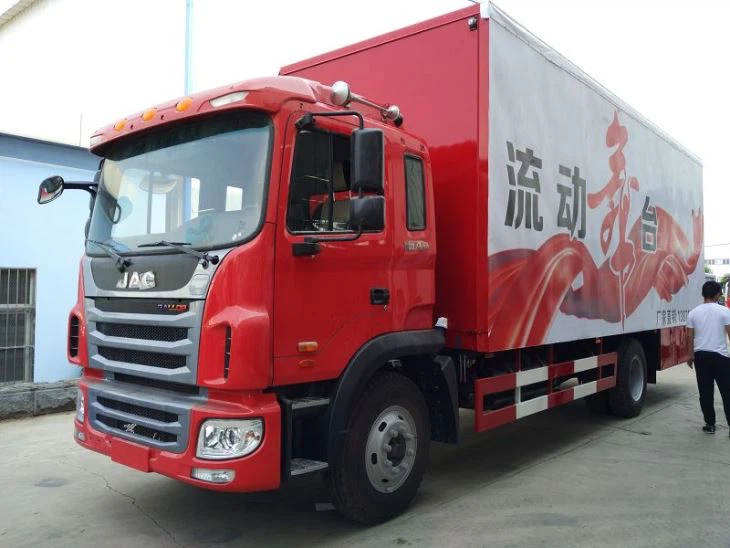Understanding the Parts of an Oil Tanker

Oil tankers are essential vessels in global trade, responsible for transporting large quantities of crude oil and refined petroleum products across oceans. Understanding the various parts of an oil tanker is crucial for anyone interested in maritime operations, shipping logistics, or environmental safety. In this article, we will explore the numerous components that make up an oil tanker, their functions, and why they are important in the shipping industry.
Overview of Oil Tankers
Before diving into the individual parts, it is important to understand what oil tankers are and their significance. An oil tanker is a type of ship specifically designed to carry liquid cargo such as crude oil, refined oil products, and chemicals. These vessels come in different sizes, with the largest being called Very Large Crude Carriers (VLCC), which can transport over 2 million barrels of oil.
Types of Oil Tankers
There are various types of oil tankers, each designed for specific purposes:
- Crude Oil Tankers: Designed solely for transporting unrefined crude oil.
- Product Tankers: Used for carrying refined products like gasoline and diesel.
- Chemical Tankers: Built to transport various chemicals safely.
- Ultra Large Crude Carriers (ULCCs): Among the largest, used for transporting massive amounts of crude oil.
Main Parts of an Oil Tanker
1. Hull
The hull is the outer shell of the oil tanker and is designed to withstand the pressures of the ocean. It is usually made from high-strength steel to ensure durability and safety.
Importance of the Hull
The hull protects the internal components of the ship and minimizes drag while sailing. The design and shape also contribute to the tanker’s stability in rough seas.
2. Cargo Tanks
Cargo tanks are the largest compartments within an oil tanker, specifically engineered to store crude oil or refined products. There are different configurations of these tanks:
- Transverse Bulkheads: Divides the tanks to prevent sloshing.
- Tank Coating: Special coatings are applied for corrosion resistance.
Practical Example of Cargo Tanks
In a typical VLCC, there can be up to 20 cargo tanks, each holding significant amounts of oil. Effective management of these tanks is crucial for loading, unloading, and safely transporting cargo.
3. Pumping System
The pumping system is essential for loading and unloading oil. It consists of various pumps, pipelines, and valves that control the flow of oil to and from the cargo tanks.
Pumping System Features
| Component | Function |
|---|---|
| Cargo Pumps | Transport oil from the cargo tanks to the shore and vice versa. |
| Transfer Pumps | Used for transferring oil between tanks or to and from barges. |
| Ballast Pumps | Manage the stability of the tanker by adjusting ballast water levels. |
4. Bridge

The bridge, or the command center of the tanker, is where navigation and ship control take place. Crew members operate navigational equipment, communication systems, and safety protocols from this location.
Technology Used on the Bridge
Modern tankers are equipped with sophisticated tools such as:
- Radar Systems: Detect other vessels and obstacles.
- GPS: Helps in precise positioning and navigation.
- Electronic Chart Display: Displays maritime information digitally.
5. Engine Room
The engine room contains the main propulsion machinery and other systems necessary for the ship’s operation. This part of the tanker is critical for its movement and power supply.
Key Components of the Engine Room
- Main Engine: Drives the propeller and powers the tanker.
- Auxiliary Engines: Provide power for equipment and onboard systems.
- Boiler: Supplies steam for various applications on the tanker.
6. Safety Systems
Safety is paramount in oil tankers due to the potential hazards posed by flammable cargo. Hence, these vessels are equipped with various safety systems:
Types of Safety Systems
- Fire Suppression Systems: Prevent and manage fires in case of accidents.
- Sensors and Alarms: Monitor for leaks and other potential risks.
- Emergency Response Equipment: Includes lifeboats, life rafts, and firefighting gear.
Operational Aspects of Oil Tankers

Loading and Unloading Procedures
Efficient loading and unloading of cargo are crucial to ensuring smooth operations. Typical procedures include:
- Preparation of cargo tanks – cleaning and checking for residue.
- Pump operation – using the pumping system effectively.
- Monitoring during the process – ensuring safety and adherence to regulations.
Environmental Considerations
Oil tankers face scrutiny due to their potential impact on the environment. Measures must be taken to prevent oil spills and other hazards:
- Double Hull Design: Acts as an additional barrier against spills.
- Ballast Water Management: Reduces the risk of introducing non-native species.

Innovations in Oil Tanker Design
The shipping industry continually evolves to meet regulatory standards and environmental concerns. Innovations include:
- Eco-Friendly Technologies: Enhancements to fuel efficiency and emissions control.
- Digitalization: Use of AI and smart systems for real-time monitoring and management.
Case Study: Recent Oil Tanker Design Innovations
Recent advancements have been made in the design of Eco-ships that use alternative fuels or hybrid systems to minimize fossil fuel dependence, contributing positively to environmental sustainability.
Future Trends in Oil Tanker Development
Future developments in oil tankers will likely focus on:
- Automation of operations to enhance efficiency.
- Stricter international regulations aimed at reducing environmental impact.
FAQs about Oil Tankers
What is the primary function of an oil tanker?
The primary function of an oil tanker is to transport crude oil and refined petroleum products from one point to another, primarily across oceans and seas.
How do oil tankers prevent spills?
Oil tankers use double hull designs, state-of-the-art safety systems, and rigorous protocols during loading and unloading to minimize the risk of spills.
What types of oil tankers are there?
Common types of oil tankers include crude oil tankers, product tankers, chemical tankers, and ultra-large crude carriers (ULCCs).
What safety measures are in place on oil tankers?
Safety measures on oil tankers include fire suppression systems, leak detection alarms, and emergency response equipment like lifeboats and firefighting gear.
How has technology changed oil tanker operations?
Technology has improved navigation, efficiency, and safety through advanced communication systems, automated processes, and better cargo management techniques.
Are there environmental regulations for oil tankers?
Yes, oil tankers must comply with various international and national regulations aimed at protecting the environment, including standards for emissions and safety measures to prevent spills.
